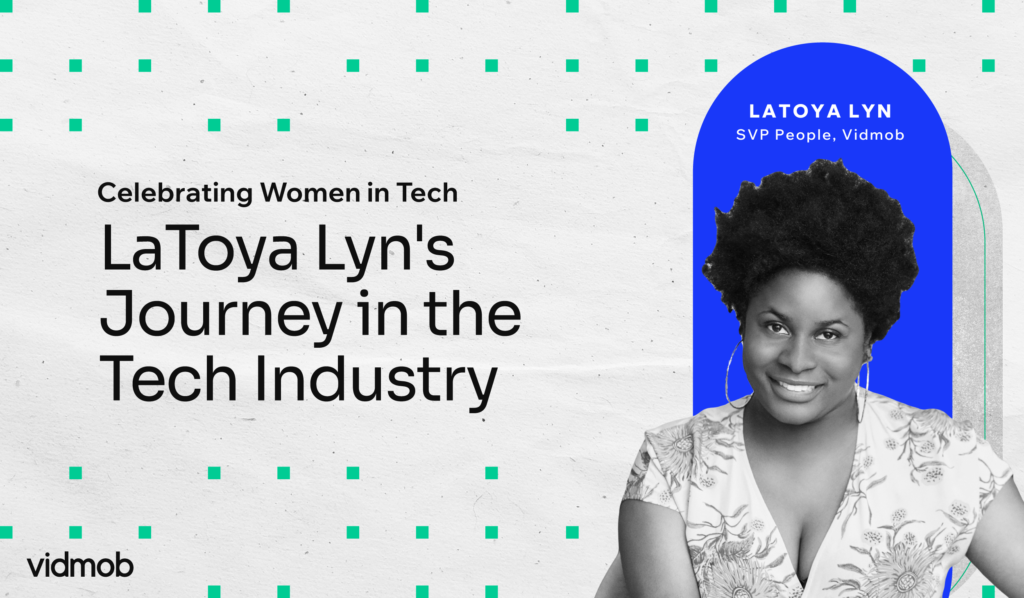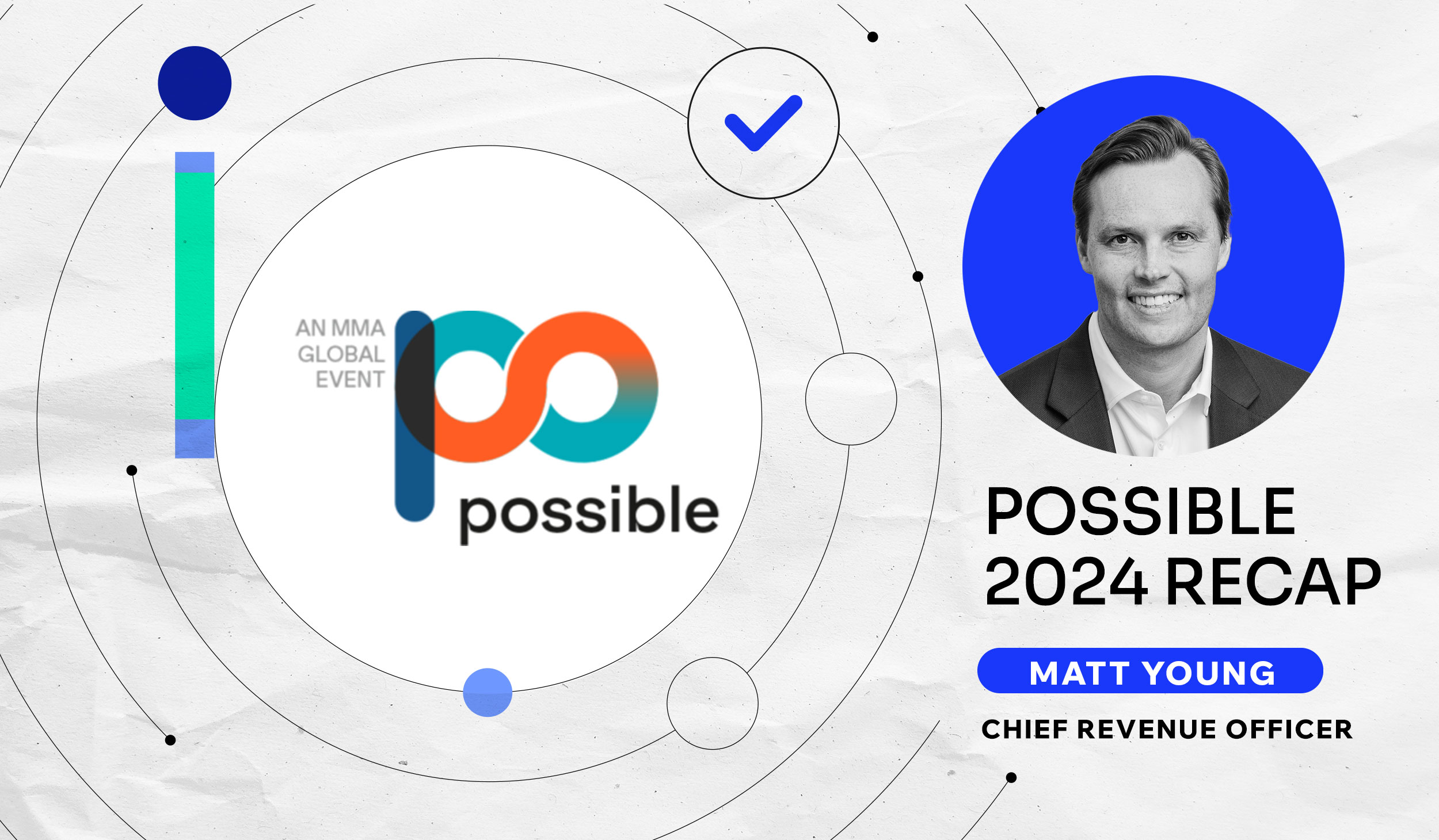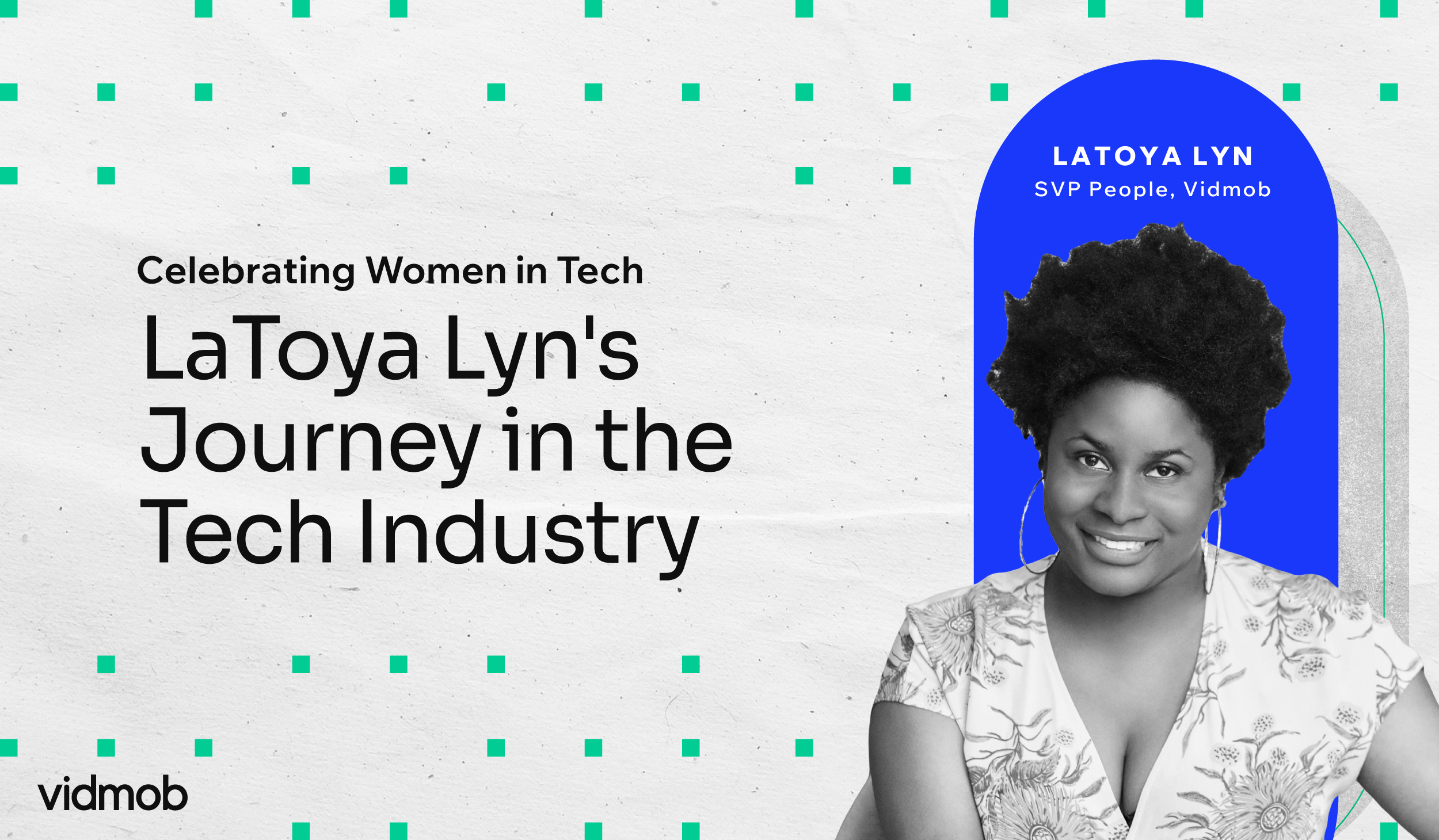What’s Up With Brands on TikTok?

In our fourth blog post about TikTok usage in the UK and US, we’re continuing to explore findings from our two latest reports, including feedback from active TikTok users, and data from a detailed analysis of over 5 billion paid media impressions on the app in 2020.
Now we’ll take a closer look at what users told us about how they interact with, and perceive brands on the app, as well as what’s been shown to drive engagement when it comes to your creative.
How Do Users Perceive Brands on TikTok?
Time to talk about trust. In an era when UK consumers’ trust in their business institutions is lower than with government ones, the opposite of US consumers, our results show that building a relationship with viewers on TikTok matters for everything from brand awareness to conversions.
Perhaps that’s why only a quarter of active users surveyed in the UK said they currently follow specific brands on TikTok, with Gen Z the least, and older millennials the most likely to do so. Currently men tend to follow the most brands on TikTok. However, of all users who admit to following brands, the average fan is pretty selective, engaging with five brands or fewer overall.
This is a stark contrast to how people interact with brands on other, more established networks from their mobile devices. It also makes TikTok a huge area of opportunity for brands in the UK to earn consumer trust, and win more fans (of any gender) in the bargain.
How Does This Influence User Behavior?
Despite lower engagement with branded content on TikTok, our UK survey shows brand video content influences purchase intent for around half of users polled, most notably Gen Z females.
“57 percent of Gen Z women in the UK say the content a brand publishes on TikTok influences their interest in buying its services, or products.”
This feedback is even more notable given that, on average, only a quarter of Gen Z users say they’re likely to buy something on TikTok off the back of watching a related video.
Meanwhile, as we’ll see in our next post, ads currently drive fewer conversions on TikTok in the UK, though our creative analysis from the US highlights significant areas of opportunity when it comes to paid creative, and sets the trend for the growing market.
The Power of Purpose
So what really engages TikTok viewers, and drives their interaction with brands?
While specifics vary from brand to brand, and given users’ preferences for engaging with strong emotions, and entertaining content, UK respondents are especially drawn to a brand’s purpose, and its alignment with social causes, including social activism.

In fact, despite Gen Z being the least likely to follow brands on TikTok, as many as 8 in ten young women say they look to a brand’s purpose to guide their purchasing on the network. For marketers, that means tapping into authentic, relevant messaging in paid media, and positioning a brand’s unique mission as a force for good. For some, depending on the audience, it may also mean being unafraid to talk about society’s leading issues head on.
Mondelez’ Oreo’s brand recently put this knowledge to great effect in a stirring cross-channel #ProudParent campaign, which features a compelling video narrative about LGBTQ discrimination, and diverse families. In this instance, the brand took to TikTok to invite its audience to participate in a hashtag challenge related to the wider family campaign, while a moving video captivated a broad, multi-generation audience with its relatable, and powerful story about reaffirming the father-daughter bond despite initial ideological differences.
“On average, one third of active TikTok users watch videos related to LGBTQ, or women’s rights, followed by videos about politics, and voting-related content.”
Outside of social movements, and politics, it’s worth noting that environmental content also ranked highly as a topic among our UK survey respondents.
Authentically Engaging
To learn more about the connection between creative, and user reactions, our analysis of paid media campaigns in the US revealed that, in addition to subject matter in a video, specific textual, audio, and visual treatments can help marketers reach their goals.
For starters, clear, readable text, which doesn’t show up too fast or too slow (5-10 words per second is the sweet spot) drove stronger performance compared to faster or slower text reveals for advertisers, as well as double the view rate.
“For paid media where brand consideration was the goal, videos where the actors’ face took up less than 20% of frame enjoyed a +31% greater Click-Through Rate.”
Second, while content related to social justice is a hot topic for users right now, and puts people’s stories center frame, on a creative level, how much human you choose to include in a frame can impact your brand consideration.
How come? Our analysis shows paid media is more effective at driving brand consideration when faces that take up less than 20% of the frame, as is creative where characters only stare straight into the camera for less than half of the video. The takeaway for brands; it pays to focus on the bigger picture.
Finally, and to underscore the importance of authenticity, videos with a greater emotional range (where actors displayed at least four different emotions over the course of the story) drove almost three times as many conversions as those with a more narrow emotional landscape. For TikTokers, and for brands looking to engage, feelings matter.
Authentically Your Brand
Of course, while these findings are helpful when planning your campaign, and creative goals on TikTok, no one knows your brand better than you do. Monitoring what works at a granular level, and understanding the unique nuances of your creative performance will help you to learn more about your specific audience, and what matters to them right now.
In our next, and last, post, we’ll uncover what users think about ads on TikTok, and what incentivizes them to purchase on the app.






